Sizing a fire pump is a critical task in ensuring the safety and efficiency of fire protection systems in buildings and industrial facilities. It involves determining the right pump capacity and pressure to meet the specific fire protection needs of a property. This guide explores the key aspects of how to size a fire pump. The process starts with a thorough assessment of the building’s fire protection requirements, which include understanding the type and size of the building, the potential fire hazards, and the fire protection systems in place, such as sprinklers and hydrants.
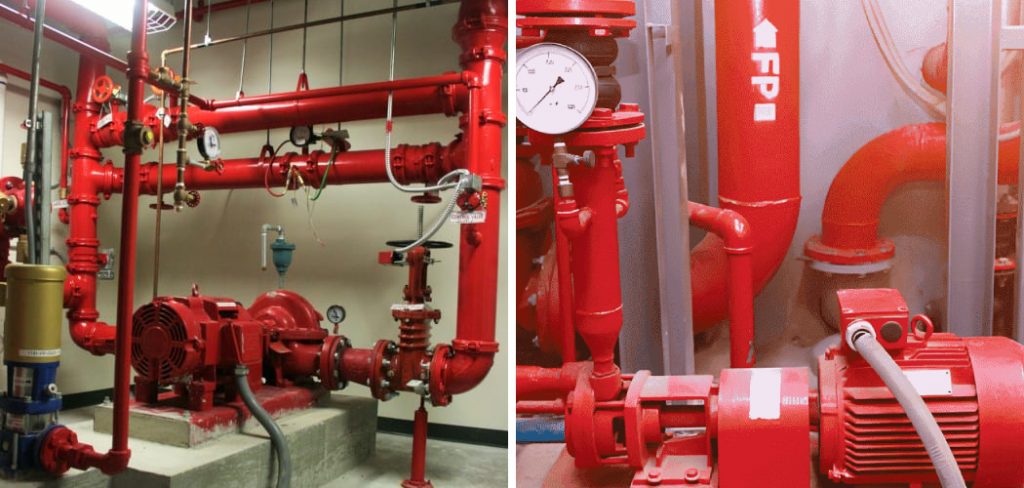
Engineers and fire protection specialists must also consider relevant codes and standards, such as those set by the National Fire Protection Association (NFPA), to ensure compliance. Accurate sizing ensures that the pump can deliver sufficient water flow and pressure during a fire emergency, preventing underperformance or overloading. By following a systematic approach, including hydraulic calculations and analyzing system demands, professionals can design a reliable fire pump system that safeguards both property and lives.
Importance of Correctly Sizing a Fire Pump
Correctly sizing a fire pump is paramount for several reasons. Firstly, it ensures optimal fire suppression by delivering the precise amount of water flow and pressure needed during an emergency, which is crucial for extinguishing fires quickly and effectively. An undersized pump may fail to provide sufficient water, compromising the efficiency of sprinklers and hydrants, and potentially leading to severe property damage and jeopardizing lives. Conversely, an oversized pump can result in excessive water pressure, which may damage fire protection equipment and piping systems, leading to costly repairs and system downtime. It also increases energy consumption and operational costs unnecessarily.
Understanding Fire Pump Basics
To effectively size and utilize a fire pump, it is essential to understand the fundamental components and types of fire pumps available. A fire pump system typically comprises the pump itself, a driver (electric motor or diesel engine), controllers, and associated accessories like relief valves, pressure gauges, and flow meters.
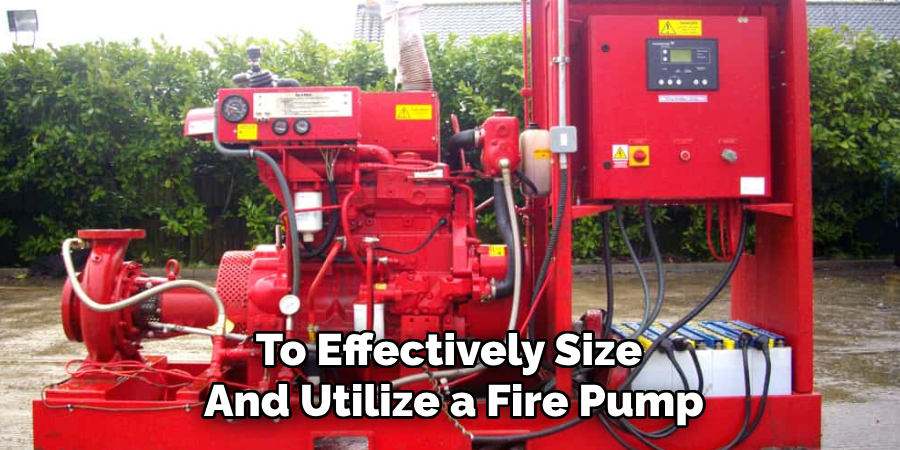
The primary types of fire pumps include horizontal split-case pumps, vertical turbine pumps, in-line pumps, and end-suction pumps, each suited for specific applications and installation configurations. Horizontal split-case pumps, for instance, are praised for their durability and ease of maintenance, while vertical turbine pumps are ideal for locations with limited space or that require suction lift from a water source.
10 Methods How to Size a Fire Pump
1. Determine the Required Fire Flow
The first step in sizing a fire pump is to determine the required fire flow, which is the amount of water needed to extinguish a fire within a specific period. This is typically calculated based on the type and size of the building or area being protected. Various codes and standards, such as those from the National Fire Protection Association (NFPA), provide guidelines for calculating fire flow. The fire flow rate can be determined using formulas that consider the building’s hazard classification, occupancy type, and square footage. For example, NFPA 13 provides detailed tables and formulas to calculate the necessary fire flow for different types of occupancies.
2. Identify the Water Supply Source
After determining the required fire flow, the next step is to identify the available water supply source. The water supply can come from various sources such as municipal water systems, on-site water storage tanks, or natural sources like lakes or ponds. It’s essential to evaluate the capacity and reliability of the water source to ensure it can meet the required fire flow for the duration needed. The water supply’s pressure and flow rate must also be assessed, as they will impact the pump’s performance. If the water source cannot meet the required fire flow and pressure, additional storage or booster systems may be necessary.
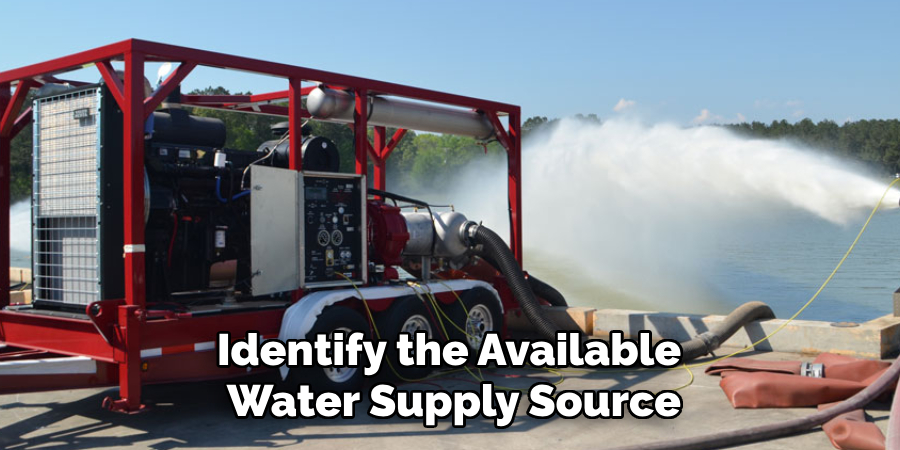
3. Calculate the Total Head Loss
Total head loss is the sum of all losses in the system due to friction, elevation changes, and other factors that affect the flow of water from the source to the discharge point. Accurate calculation of total head loss is crucial for sizing a fire pump. Friction losses occur in pipes, fittings, valves, and other components of the fire protection system. These losses can be calculated using the Hazen-Williams equation or other hydraulic formulas. Additionally, elevation changes between the water source and the point of discharge must be considered.
4. Select the Pump Type
Different types of pumps are used in fire protection systems, including centrifugal pumps, vertical turbine pumps, and positive displacement pumps. The choice of pump type depends on the application, water source, and installation requirements. Centrifugal pumps are commonly used for their simplicity, reliability, and ease of maintenance. Vertical turbine pumps are suitable for applications where the water source is below the pump, such as in wells or underground tanks. Positive displacement pumps are used in situations where precise control of flow and pressure is needed. Selecting the appropriate pump type ensures that the system will function effectively under various conditions.
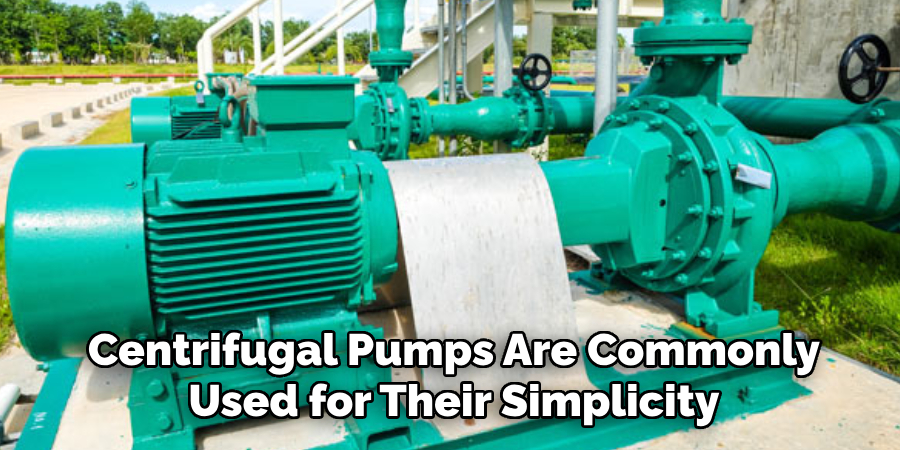
5. Match the Pump to the Required Flow and Pressure
Once the required fire flow and total head loss have been determined, the next step is to match these requirements to a suitable pump. Pump manufacturers provide performance curves that show the relationship between flow rate, pressure, and efficiency for different models. These curves help in selecting a pump that can deliver the required flow and pressure at the highest possible efficiency. It’s important to choose a pump that operates within its optimal range to ensure reliable performance and longevity. Oversizing or undersizing the pump can lead to operational issues, reduced efficiency, and increased wear and tear.
6. Consider Redundancy and Reliability
In fire protection systems, redundancy and reliability are critical factors. Depending on the building’s occupancy and hazard classification, it may be necessary to install multiple pumps or have a backup pump in place. Redundant pumps provide assurance that the system will function even if one pump fails. This is especially important in high-risk environments where fire protection is crucial. Additionally, reliability can be enhanced by choosing pumps and components from reputable manufacturers, ensuring proper installation, and conducting regular maintenance and testing.
7. Evaluate the Electrical Power Supply
The electrical power supply for the fire pump must be evaluated to ensure it can provide the necessary power for the pump to operate at full capacity. This includes considering the voltage, phase, and power rating of the pump motor. It’s also essential to assess the availability of backup power sources, such as generators, in case of a power outage. The electrical system must be designed to handle the starting current of the pump motor, which can be significantly higher than the running current. Proper coordination with the building’s electrical system is crucial to avoid issues during pump startup and operation.
8. Analyze System Compatibility
Compatibility with the existing fire protection system is another critical aspect of sizing a fire pump. The pump must be compatible with the system’s piping, fittings, valves, and other components. This includes ensuring that the pump’s discharge pressure does not exceed the pressure ratings of the system components. Additionally, the pump must be compatible with the system’s design and layout. For example, in a high-rise building, the pump must be capable of delivering water to the upper floors with sufficient pressure. Compatibility also extends to the control and monitoring systems, ensuring that the pump can be integrated into the overall fire protection system.
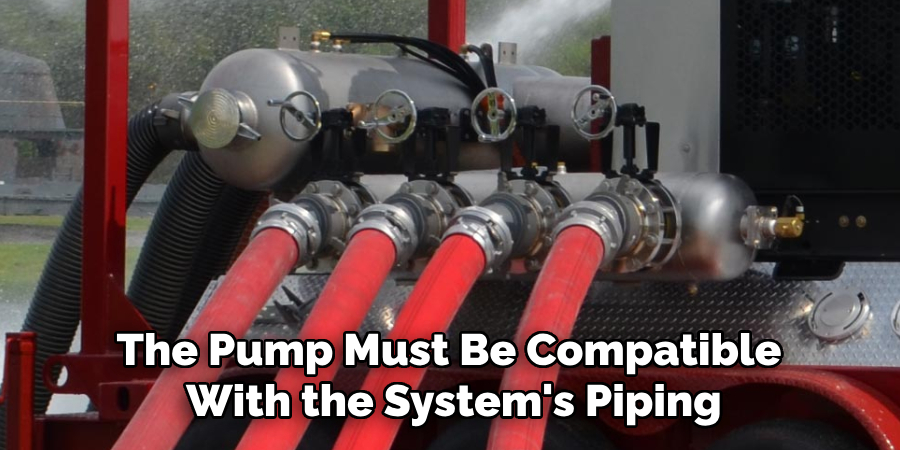
9. Conduct Hydraulic Calculations and Simulations
Hydraulic calculations and simulations are essential tools for verifying the performance of a fire pump within the fire protection system. These calculations can be done using specialized software that models the flow and pressure distribution throughout the system.
Simulations help identify potential issues, such as areas with insufficient pressure or excessive head loss. They also allow for optimization of the system design, ensuring that the pump operates efficiently and effectively. Conducting hydraulic simulations provides a higher level of confidence in the system’s performance and helps in identifying any necessary adjustments before installation.
10. Comply with Codes and Standards
Finally, it’s imperative to ensure that the fire pump sizing and the overall fire protection system comply with relevant codes and standards. These standards are established by organizations such as the NFPA, International Building Code (IBC), and local authorities having jurisdiction (AHJs). Compliance with these codes ensures that the system meets minimum safety and performance requirements.
It’s essential to stay updated with the latest codes and standards, as they are periodically revised to incorporate new knowledge and technologies. Working with fire protection engineers and consultants can help ensure compliance and provide expert guidance throughout the design and installation process.
Conclusion
In conclusion, sizing a fire pump involves a systematic approach that considers various factors such as fire flow requirements, water supply, head loss, pump type, and system compatibility. Each step in the process is critical to ensure that the fire protection system will perform effectively in an emergency. By following these ten methods, one can design a reliable and efficient fire pump system that meets the necessary safety standards and provides adequate fire protection. Thanks for reading, and we hope this has given you some inspiration on how to size a fire pump!
About
Safety Fic is a distinguished figure in the world of Diy design, with a decade of expertise creating innovative and sustainable Diy solutions. His professional focus lies in merging traditional craftsmanship with modern manufacturing techniques, fostering designs that are both practical and environmentally conscious. As the author of diy, Safety Fic delves into the art and science of Safety Fic-making, inspiring artisans and industry professionals alike.
Education RMIT University
(Melbourne, Australia) Associate Degree in Design (Safety Fic) Focus on sustainable design, industry-driven projects, and practical craftsmanship. Gained hands-on experience with traditional and digital manufacturing tools, such as CAD and CNC software.
Nottingham Trent University
(United Kingdom) Bachelor’s in diyfastly.com and Product Design (Honors) Specialized in product design with a focus on blending creativity with production techniques. Participated in industry projects, working with companies like John Lewis and Vitsoe to gain real-world insights.
Publications and Impact
In diy, Safety Fic his insights on indoor design processes, materials, and strategies for efficient production. His writing bridges the gap between artisan knowledge and modern industry needs, making it a must-read for both budding designers and seasoned professionals.
